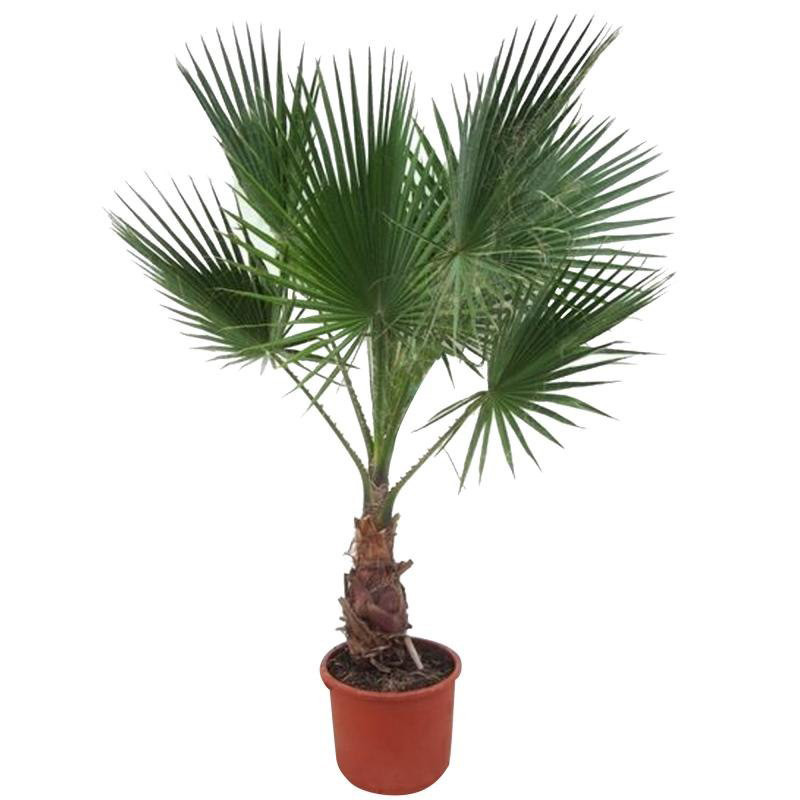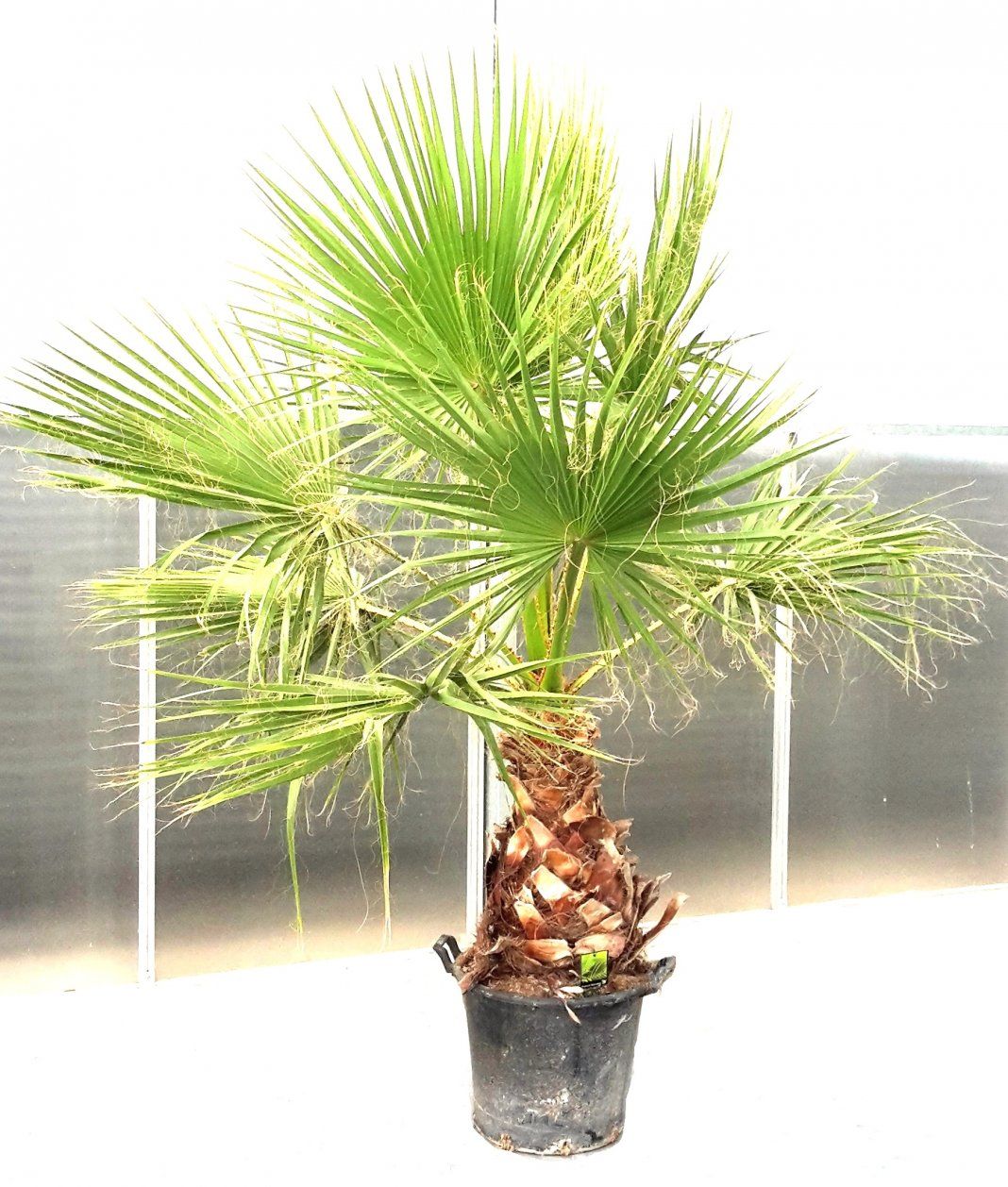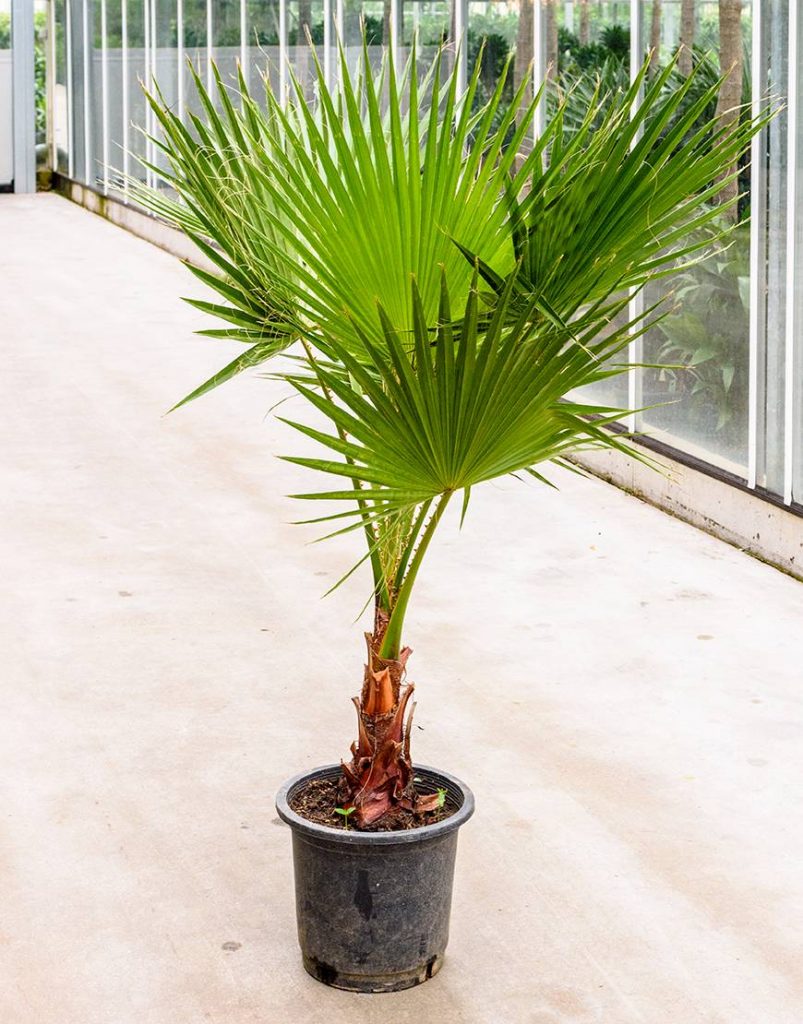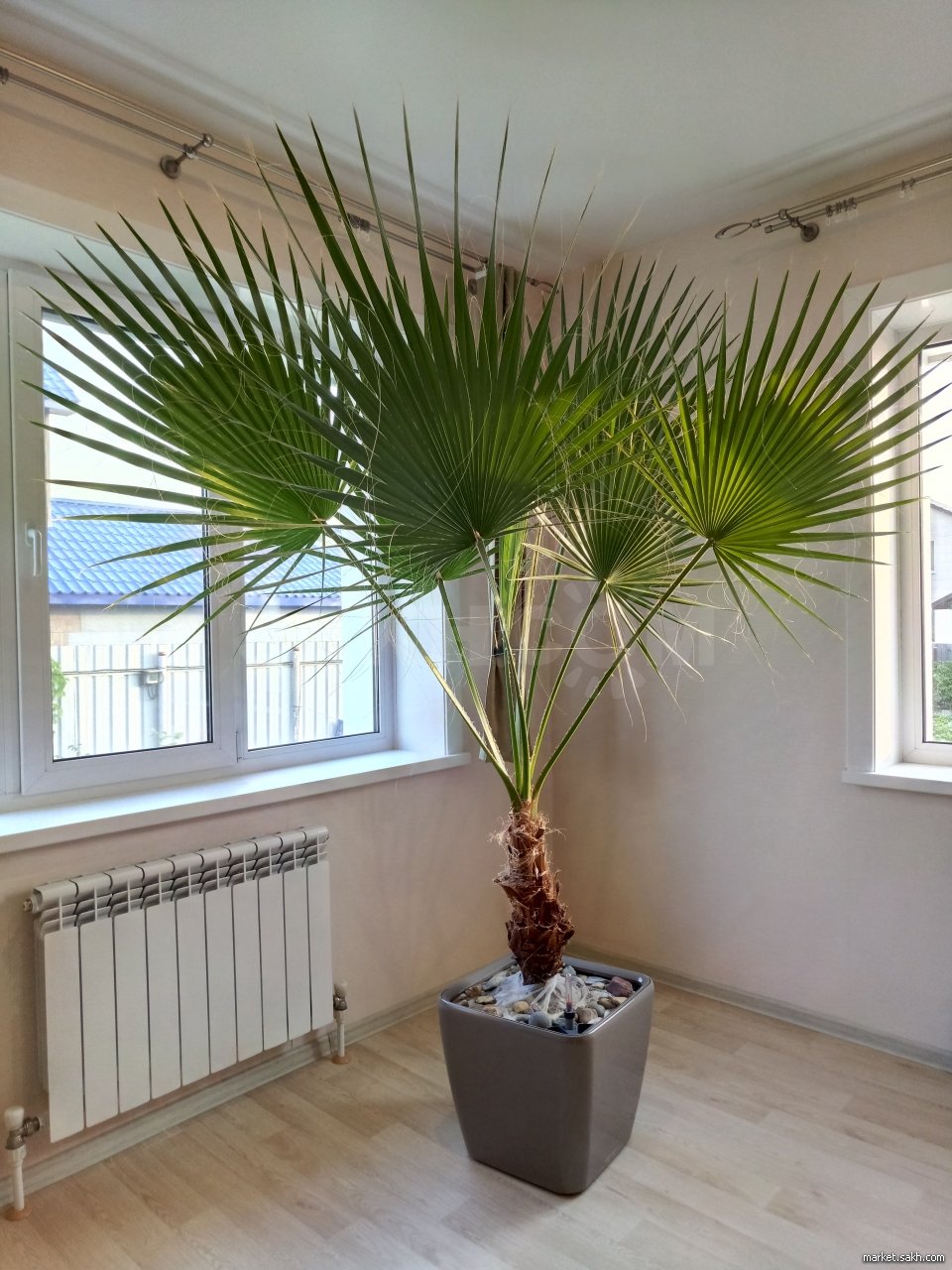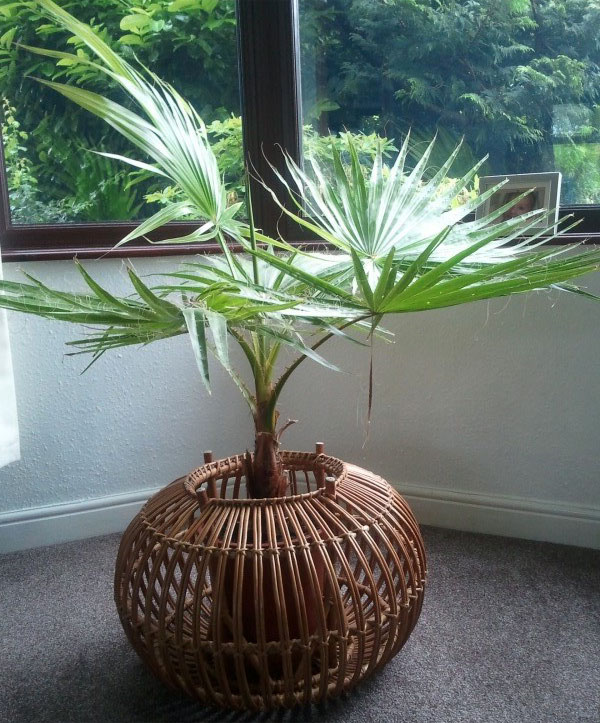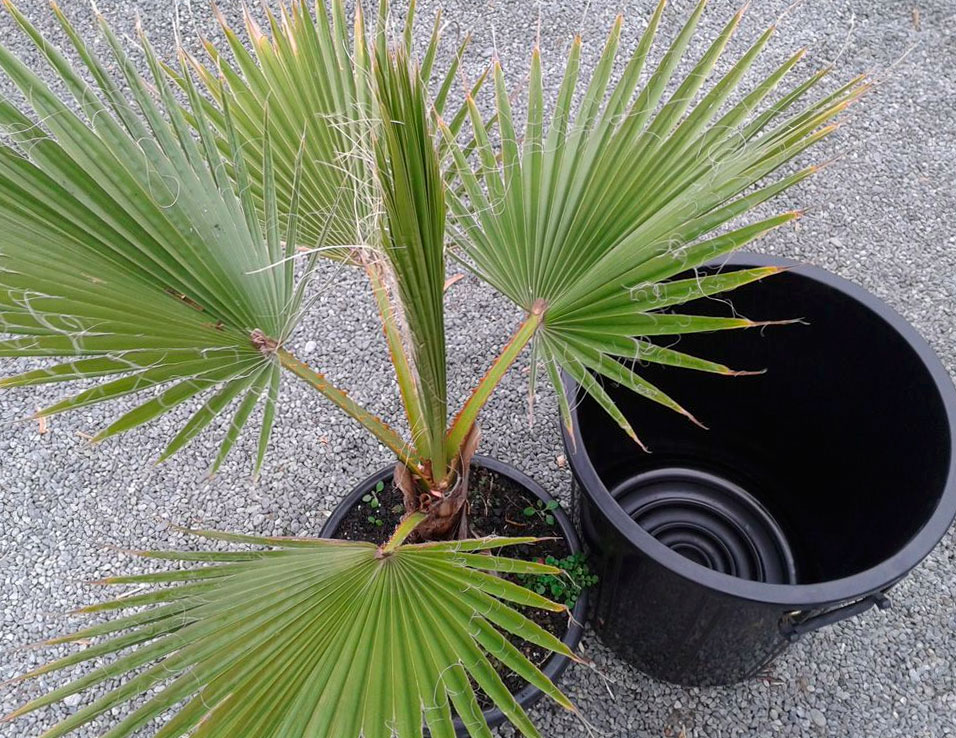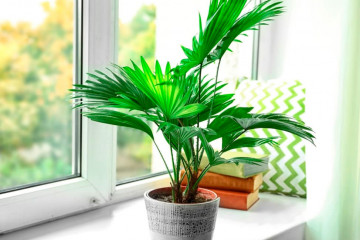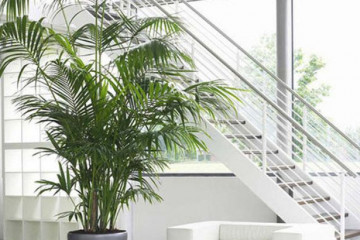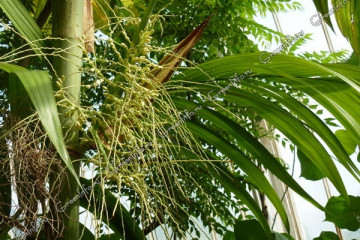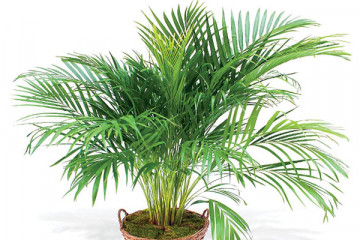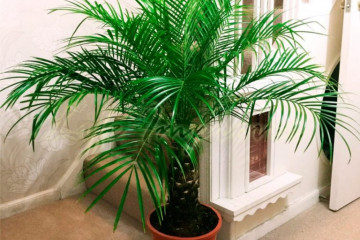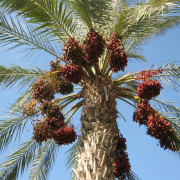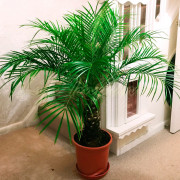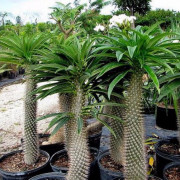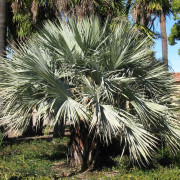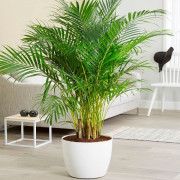Palm washingtonia - home care
Content:
Dreaming of the sea somewhere in Miami, a person imagines a deserted ocean coast on which palm trees grow. Meanwhile, this tree can be grown at home. An example of this is the washingtonia palm tree.
Why Washingtonia can be grown at home
Washingtonia is a tree that grows up to 30 meters high in its natural habitat and has a meter in trunk girth. At home, it is impossible to achieve such a plant size. It is almost as unrealistic to get it to bloom when kept at home.
This type of palm tree has moved into the category of indoor plants relatively recently. The following factors played a role here:
- Washingtonia is a rather unpretentious plant. She calmly tolerates temperature extremes, requires watering, light, and occasionally transplanting.
- This palm tree looks very interesting. It has large, spreading leaves, divided into segments. They are very similar to fans.
- The variety cleans the air well, therefore it is recommended for polluted places.
All this makes the Washingtonian palm tree an excellent option for decorating rooms.
What is the washingtonia palm tree
Like many other plants, this palm tree has different types.
Filamentous
Washingtonia filamentous, or filamentous, scientifically called Washingtoniafilifera. She is originally from hot California, which is why she is also called the Californian fan-shaped thread palm. It has grayish green leaves. There are many thinnest threads between their segments, which is where the name comes from. The trunk of this tree is rather thick and strong. Another distinctive feature of such a palm tree is that the cuttings of the leaves are green in color. In height, this kind of washingtonia on the street can reach 20-25 meters.
It is easy for her to arrange wintering. In nature, every plant has a period of flowering and rest. For a California palm, 15 degrees Celsius is enough in the room where it grows, and watering restriction.
Robusta
Washingtonia Robusta also comes from hot regions, but from Mexico. Therefore, this palm is also called Mexican. There is also such a name - powerful. Its leaves are very similar to the filamentous species, they are just as large and strongly dissected into segments. But the color of the Washingtonia robusta leaf (as the palm is scientifically called) is already different - rich green. It does not have the same threads as on the leaves of filamentous washingtonia. The trunk of this tree is somewhat thinner, but longer: in nature it can reach 30 meters.
This type of palms does not need to lower the temperature during wintering. It may well proceed in normal room conditions. It is enough only to reduce watering for this period.
Powerful Santa Barbara
Speaking of growing this tree at home, be sure to mention a special variety of Vishngtonia Robusta. They call him Santa Barbara. It is he who is most often found in people's homes, in public buildings and even in industries. This is because its ability to purify the air is higher than that of other varieties.
Palm care washingtonia
This is a rather unpretentious tree. He does not need any special conditions, difficult to recreate at home. However, caring for a Washington palm tree at home requires strict adherence to the following set of rules:
- Lighting.This plant definitely needs a lot of sun. In this case, direct rays will not be beneficial. It is better to place the pot near the window, where there is diffused light.
- Location. Washingtonia should be protected from drafts. She doesn't like them.
- Temperature. This palm is a tree that can withstand temperature extremes. In indoor conditions, filamentous washingtonia has a seasonality requirement: from early spring to late autumn, it needs a temperature of 20-25 degrees Celsius (strictly not higher than 30 degrees). In winter, she must arrange a "cooling" up to 10-15 degrees. Powerful Washington does not urgently need this, but it can also arrange a similar wintering.
- Watering. You cannot water a palm tree with cold water. In the summer, watering is carried out as the soil dries up. In winter, they wait an additional day or two.
- Humidity. Washingtonia loves moisture, so it is recommended to additionally spray it or wipe it with a damp cloth. In winter, additional moisture is removed.
- Transfer. The palm tree must be repotted according to plan.
Growing a palm tree washingtonia at home
There are several ways to get a green beauty at home. Among them - growing from seeds of Washingtonia filamentous or Robusta. This activity will not take much effort, but it will require preparation. It will require:
- Fresh seeds;
- Substrate for them (earth, peat and sand in a ratio of 4-1-1);
- Tray.
They begin to grow a palm tree like this:
- First, the seeds are scarified. This means that they need to be slightly cut with a knife. They are then soaked in water for 2 to 5 days.
- Sowing is carried out in the spring. The substrate for germination is poured into a small tray, on a layer of which the seeds are laid. They are also sprinkled on top with a peat mixture.
- A greenhouse should be arranged in the tray by covering the container with cling film or glass. There should be a temperature of 25-30 degrees. At the same time, it is important not to forget to regularly arrange airing and watering, you also need to take care of the seeds that have not yet sprouted.
- The first shoots sprout in a couple of months. After that, the tray is opened and rearranged in a well-lit place without direct sunlight. As soon as the first leaf appears on the sprout, it is time for it to go into a separate pot, into a special substrate for adult palms.
How to properly transplant washingtonia
When Washingtonia is grown from seeds, powerful (including the Santa Barbara variety) or filamentous, sooner or later the sprouts will have to be planted in pots. This is not the only case when a palm tree needs replanting.
The tree grows, each time it needs more and more space. In addition, the soil must be saturated with mineral additives. When a palm tree is less than 7 years old, transshipment (this is a transplant with the preservation of a clod of earth that braids the roots) is carried out every two years. From 8 to 15 years of age, this process is carried out every three years. When the tree is even older, reloading every five years is enough. It is carried out according to the following rules:
- A special substrate is used for palm trees: sod and leafy soil, humus and sand in a ratio of 2-2-2-1. You can buy the ready-made mixture in the store
- The pot should increase in diameter by 4 centimeters each time.
- Each time, the earth needs to be additionally saturated with special mineral additives (they are also bought in the store).
For a plant like Washingtonia palm, home care is quite simple.Just before you start growing it, you should make sure that there are conditions and opportunities to maintain this tree. After all, than taking on a business right away is bad, it is better not to start it at all.
